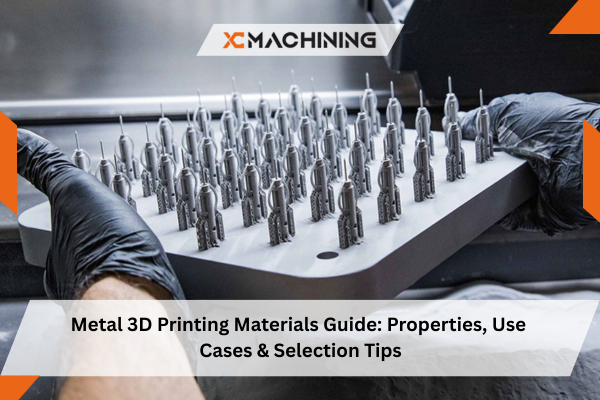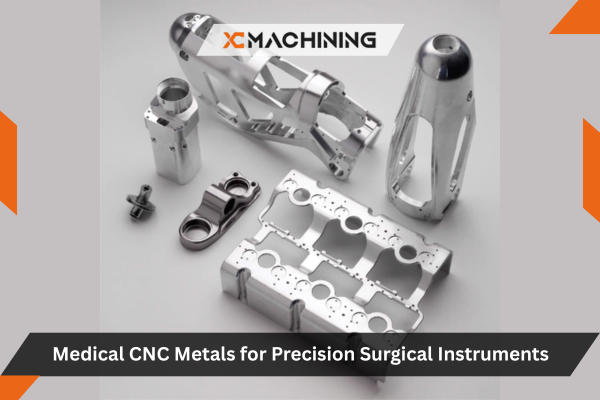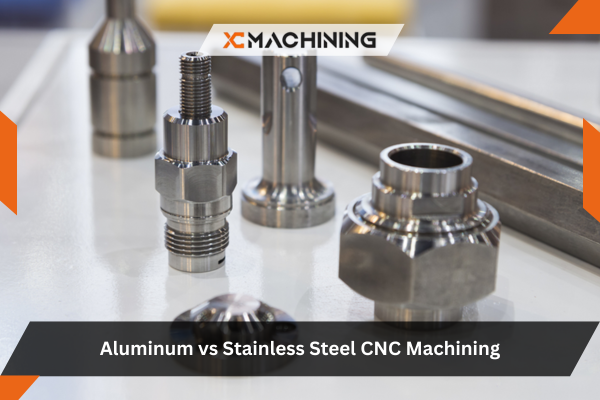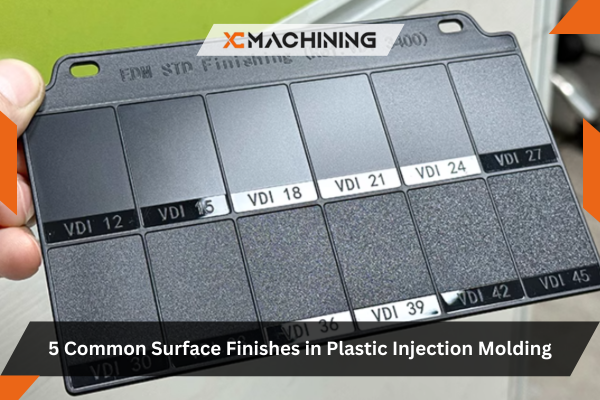Introduction: Why Material Matters in Metal 3D Printing
Metal 3D printing, or metal additive manufacturing, has revolutionized industries by enabling complex geometries, reduced lead times, and lighter, stronger parts. However, the choice of material plays a crucial role in part performance, cost, printability, and final application.
Table of Contents
Whether you’re an engineer prototyping functional components, a designer building lightweight aerospace parts, or a procurement manager comparing specs, understanding the available metal powders for 3D printing is key.
In this guide, we’ll walk you through:
- Common types of metal powders used in additive manufacturing
- Mechanical and chemical properties of each
- Ideal use cases and industries
- Pros and cons
- Tips on choosing the best metal for your project
Before exploring metal 3D printing materials, if you want to learn the basic rules of metal 3D printing, then this video is for you.
1. Overview of Common Metal 3D Printing Materials
Below is a snapshot of the most popular metal powders used across industries:
| Material | Properties | Typical Applications |
| Stainless Steel | Corrosion resistance, good strength, cost-effective | Tooling, medical devices, general prototyping |
| Titanium Alloys (Ti6Al4V) | High strength-to-weight ratio, biocompatible | Aerospace, implants, motorsports |
| Aluminum Alloys (AlSi10Mg) | Lightweight, good thermal conductivity | Automotive, heat exchangers, housings |
| Inconel (625/718) | Extreme heat and corrosion resistance | Jet engines, power generation |
| Cobalt Chrome | Wear resistance, strength at high temps | Dental, orthopedic, aerospace |
| Copper & Alloys | Excellent thermal & electrical conductivity | Heat sinks, electrical components |
Each material serves a unique purpose, and your final choice should balance mechanical performance, cost, and printability.
2. Stainless Steel: The Most Versatile Starting Point
Stainless steel is one of the most commonly used materials in metal additive manufacturing, thanks to its balanced mechanical properties and affordability.
Key Properties:
- High corrosion resistance
- Good tensile strength
- Durable and relatively low cost
- Easily post-processed
Variants Used:
- 17-4 PH: High strength and moderate corrosion resistance
- 316L: Excellent corrosion resistance; ideal for marine and medical use
Use Cases:
- Functional prototypes
- Fixtures and jigs
- Medical tools
- Mechanical components
Pros:
- Readily available and well-characterized
- Cost-effective
- Good surface finish
Cons:
- Heavier than other metals
- Lower strength-to-weight ratio compared to titanium

3. Titanium Alloys: Lightweight Strength for Demanding Applications
Titanium alloys, especially Ti6Al4V, are favored in industries that demand maximum performance and minimal weight, such as aerospace and medical sectors.
Key Properties:
- High strength-to-weight ratio
- Excellent corrosion resistance
- Biocompatible
Use Cases:
- Aerospace brackets and frames
- Orthopedic implants
- High-performance automotive parts
Pros:
- Very strong yet lightweight
- Great for complex, weight-sensitive designs
- Safe for human contact
Cons:
- Expensive raw material and printing process
- Requires strict build parameters and post-processing
- Lower thermal conductivity
4. Aluminum Alloys: Lightweight and Affordable
Aluminum is another high-demand material in additive manufacturing, especially AlSi10Mg, due to its combination of low density, good strength, and thermal performance.
Key Properties:
- Lightweight and strong
- Good corrosion resistance
- Excellent thermal and electrical conductivity
Use Cases:
- Heat exchangers
- Structural housings
- Consumer electronics
- Automotive prototyping
Pros:
- Low weight = great for lightweight structures
- Cost-effective and abundant
- Good machinability
Cons:
- Lower strength compared to titanium or Inconel
- May require surface treatment for enhanced finish
5. Inconel (Nickel Alloys): Built for Extreme Environments
Inconel 625 and 718 are nickel-chromium-based superalloys engineered to perform in high-temperature, high-pressure environments.
Key Properties:
- Extreme heat resistance (up to 1000°C+)
- Excellent corrosion and oxidation resistance
- Maintains strength at elevated temperatures
Use Cases:
- Jet engine components
- Turbines
- Exhaust systems
- Energy sector parts
Pros:
- Withstands thermal fatigue
- Perfect for mission-critical aerospace and energy components
Cons:
- Very difficult to machine post-print
- More expensive than steel or aluminum
6. Cobalt Chrome: Wear Resistance + Biocompatibility
Cobalt-Chromium alloys are wear-resistant and maintain their properties at elevated temperatures, making them ideal for dental, orthopedic, and aerospace applications.
Key Properties:
- High hardness and strength
- Biocompatible
- Oxidation resistance
Use Cases:
- Dental crowns and bridges
- Orthopedic implants
- Turbine blades
Pros:
- Durable and stable over time
- High fatigue strength
Cons:
- Challenging to post-process
- Costlier than stainless steel
7. Copper and Copper Alloys: Conductivity is Key
Copper is a challenging yet highly valuable material in additive manufacturing due to its thermal and electrical conductivity.
Key Properties:
- Excellent electrical and thermal conductivity
- Antimicrobial
- Reflective, which affects laser printing
Use Cases:
- Induction coils
- Heat sinks
- Electronics cooling components
Pros:
- Great for high-performance electronics
- Useful in medical and aerospace cooling systems
Cons:
- Difficult to print due to reflectivity and heat dissipation
- Limited printer compatibility

8. How to Choose the Right Metal for 3D Printing
Here are key factors to help guide your selection:
- Application Requirements: Load-bearing? Heat-resistant? Biocompatible?
- Material Properties: Compare mechanical strength, density, conductivity
- Cost Constraints: Consider not just powder cost, but post-processing too
- Printability: Not all printers support all materials; availability matters
- Post-Processing: Some metals require stress-relieving or surface smoothing
Quick Decision Matrix:
| Goal | Recommended Metal |
| Lightweight strength | Titanium or Aluminum |
| Corrosion resistance | Stainless Steel |
| High-temperature use | Inconel |
| Cost-sensitive prototyping | Stainless Steel |
| Biocompatibility | Titanium or Cobalt Chrome |
| Electrical conductivity | Copper |
9. Future of Metal 3D Printing Materials
The landscape of metal 3D printing materials is rapidly evolving. Emerging alloys and material blends are targeting faster print speeds, reduced costs, and even better performance.
Advancements in binder jetting, direct energy deposition (DED), and hybrid materials are enabling:
- Multi-material prints
- Greater design flexibility
- Wider adoption across automotive, oil & gas, and medical industries
Metal Additive Manufacturing Materials FAQs
Q1. What is the strongest metal used in 3D printing?
A: Titanium alloys (Ti6Al4V) offer one of the best strength-to-weight ratios, while Inconel provides unmatched high-temp strength.
Q2. Can copper be used in 3D printing?
A: Yes, but it’s difficult due to its reflective nature. It requires specialized printers like green laser or binder jetting systems.
Q3. Which is cheaper: stainless steel or aluminum for 3D printing?
A: Stainless steel is generally cheaper and more available, but aluminum is better for lightweight applications.
Q4. Is metal 3D printing suitable for production parts?
A: Absolutely. Industries like aerospace, dental, and medical regularly use it for low-volume, high-performance production.





